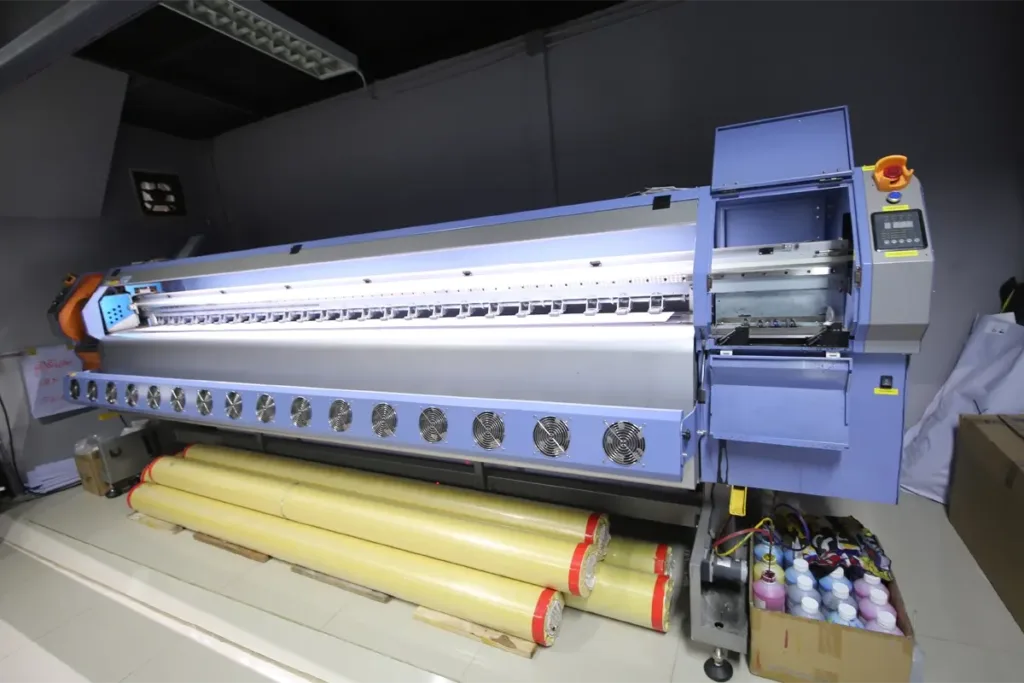People are usually aware of terms such as digital printing, offset printing, and so on. But do we really understand what they mean? We use laser printers at home, but we hire a professional printing company for marketing materials such as pamphlets, booklets, stationery, flyers, or even billboards. It’s important you understand the types of printing to pick the right choice for your needs.
In this article, we will explain some of the most popular types of printing used by print shops, as well as the best uses for each of them. You’ll discover the right type of printing for your project.
Types Of Printing:
Offset Printing:
In offset printing, your image is copied onto metal plates and then onto a rubber blanket. The image is then transferred to paper using inked blankets. Because of this process, this method is known as offset printing.
Offset printing is your go-to type of printing. If you require a large volume, it will also produce the perfect colors and the most professional look. Yet, because of the time and money necessary to set up the plates and ink before anything is printed, offset isn’t cost-effective for small quantities and is typically reserved for extremely large volumes.
Advantages of Offset Printing
- printing large volumes at a low cost.
- A wide range of paper types and finishes are available.
- Top-quality printing is achievable, with the most detail and color accuracy.


Digital Printing:
Digital printing, unlike conventional types of printing such as offset, does not require a printing plate. Instead of that, we can send the images directly to be printed using PDF files. The required image is digitized to control the deposition of ink, toner, and exposure.
One of the most appealing features of digital printing for companies is its customization. A higher-quality print can be made from a lower-quality photo using digital printing. Digital printing is a cost-effective and inclusive option for businesses to print their ideas and create the most effective marketing materials.
Advantages of Digital Printing
- lower cost for smaller quantities.
- A lower minimum amount of printed materials is required.
Large Format Printing:
Large format printing allows for the largest possible print roll width. This type of printing, as opposed to other methods such as digital printing, is ideal for conventional advertising media and firms that are trying to have a large impact on their clients.
Large format printing is used mainly for outdoor signage that is meant to be viewed from a distance. It is used rather than printing on individual sheets or rolls of prints that are fed gradually to create one large sheet.
Keep in mind that many factors can affect the cost of large format printing, like the size of the print, the quantity required, and the material that’s being used in printing.
Advantages of Large Format Printing
- Long-lasting print options are created for outdoor billboards.
- This is a great option to attract potential clients.
- It’s produced in a short period of time, similar to digital printing.


Screen Printing:
Screen printing is the method of employing a mesh screen and ink and transferring the image onto a surface. The most popular screen-printed surfaces are fabric and paper, but specialized inks can also be used on many different materials. The benefit of screen printing is that the surface does not need to be flat, and the ink can be applied to a variety of materials, including glass, ceramics, wood, and metal.
Advantages of Screen Printing
- A wide variety of materials can be used.
- The final result will be long-lasting.







